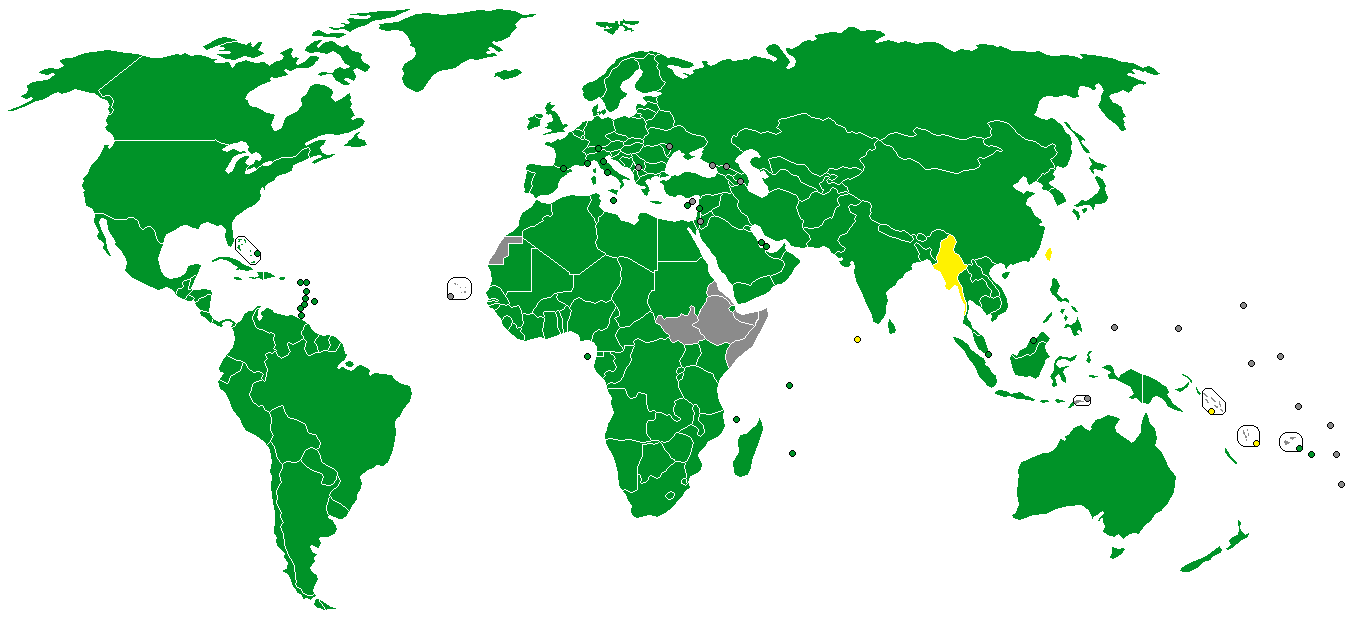The Paris Convention for the Protection of Industrial Property primarily establishes a “right of priority” that provides you with a window to file subsequent applications in other member states while keeping the filing date of the original application as the priority date. Article 4 at sections 4(A), 4(B), and 4(C)(1) create key deadlines:
- Patents: Applicants have 12 months from the filing date of the first priority application to file subsequent patent applications in other contracting states.
- Industrial Designs and Trademarks: For these categories, the window is 6 months from the filing date of the priority application.
The treaty allows you to extend your protection internationally without being forced to file on the same day in multiple offices or penalized by your own intervening disclosures or publications. The option period allows you to plan your international protection.

Option period
This international treaty gives you the option, and NOT the obligation, to file in other jurisdictions. You do not have to wait the full period to file.
Coordination of deadlines in your IP strategy
Filing a trademark application in June? That is probably a bad idea as nobody has time in December. Design right filed in Canada in February? Remember to work with your patent agent well in advance of the deadline that falls at the end of summer.
Withdrawing your application
You can withdraw your application provided it was never laid open to public inspection. This is useful in some cases.
The Paris Convention is not the Patent Cooperation Treaty
These are related but different. The PCT system doesn’t alter the core rights established by the Paris Convention; instead, it works alongside Paris Convention to streamline filing many patent applications. One nice feature of the PCT is allows you, for a fee, to delay picking which patent offices you want to enter for up to 30 months.
Can you use the Paris Convention to save money?
No. The point of the treaties is to allow you to coordinate filings. Basically, spend more money.

The Paris Convention promotes international equity
About 180 nations have signed the convention and five more are entitled to participate by signing other treaties. Importantly the convention requires all applicants to be treated the same regardless of place of origin. That is there is no advantage to being an applicant from the from the same country as the IP office.
Conclusion
We hope this post clarifies some aspects of this important international treaty and how it affects your IP management. If you have questions about the protection of an invention, protection of a design, or your IP management practices. Please contact us at info@perpetualpatents.com.



